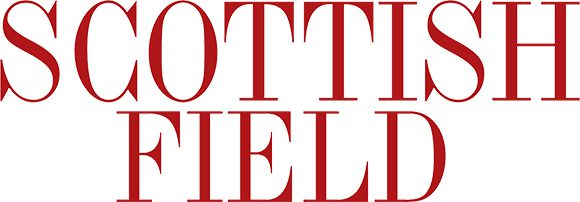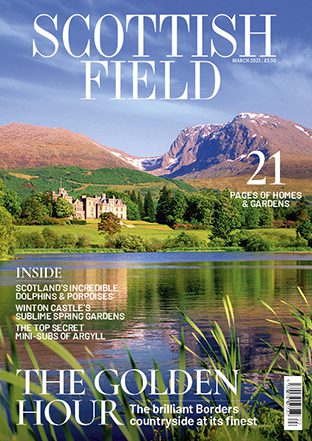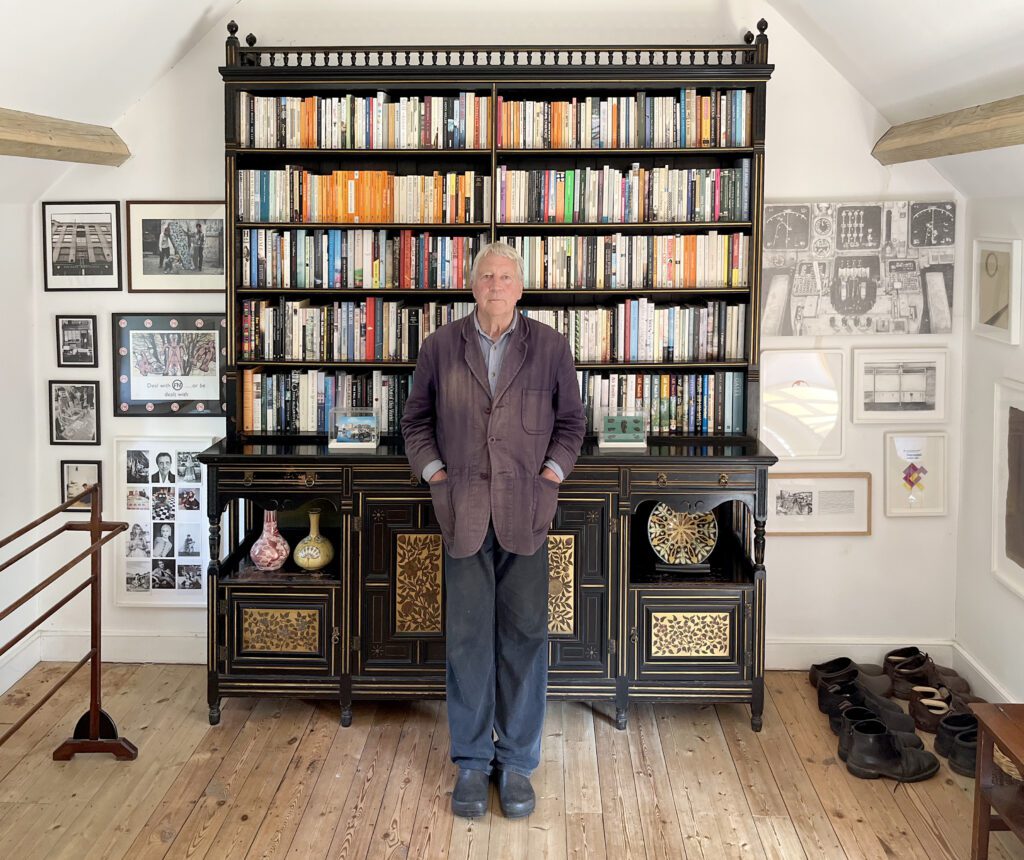
Antiques expert Jeremy Cooper donates collection with links to Damien Hirst and Tracey Emin to Glasgow School of Art
Author, curator and antiques expert Jeremy Cooper has donated a significant part of his collection of rare 1990’s British art ephemera to The Glasgow School of Art.
The personally curated collection has more than 2000 rare objects in it, some linked to many of Britain’s leading contemporary artists including Damien Hirst and Tracey Emin.
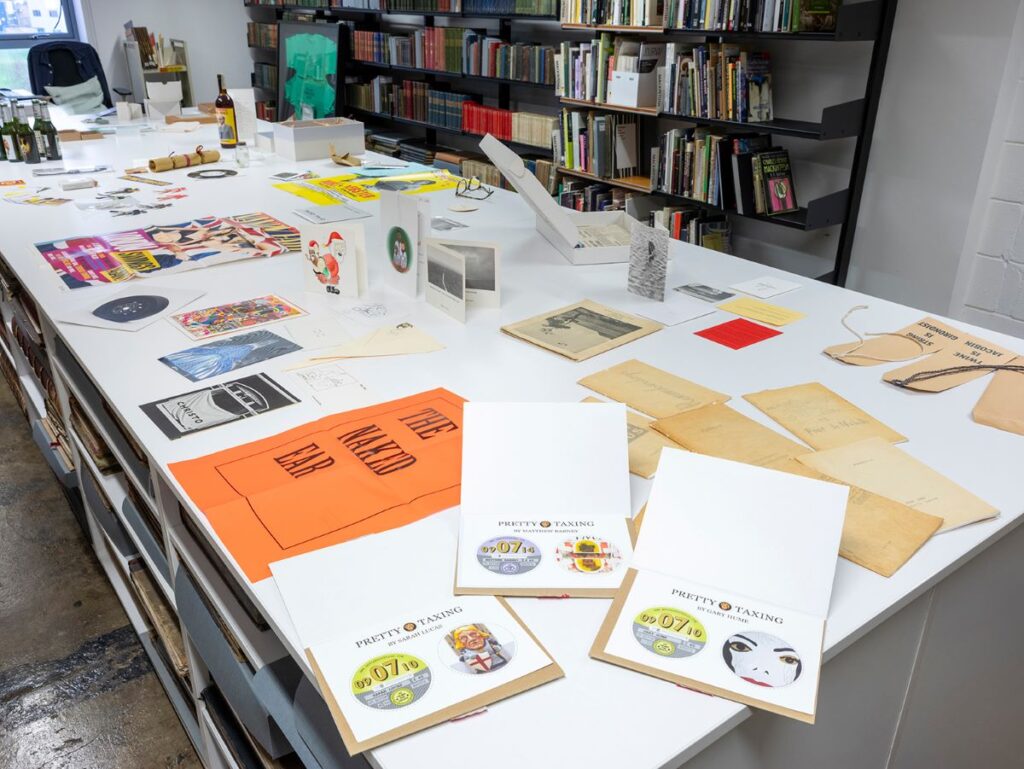
Credit: Alan McAteer
It includes limited edition labelled beer bottles, hundreds of books, artist multiples, T-shirts, framed flyers, exhibition catalogues and monographs, and related ephemera.
The collection is largely focused on the Young British Artists (YBA) movement which began to emerge in London in the late 1980s and early 1990s.
Little-seen material relating to exhibitions and events staged by Gilbert & George, Damien Hirst, Anya Gallaccio, Iain Hamilton Finlay, Rachel Whiteread, Tim Noble, Sue Webster, Michael Landy and Sarah Lucas are also included.
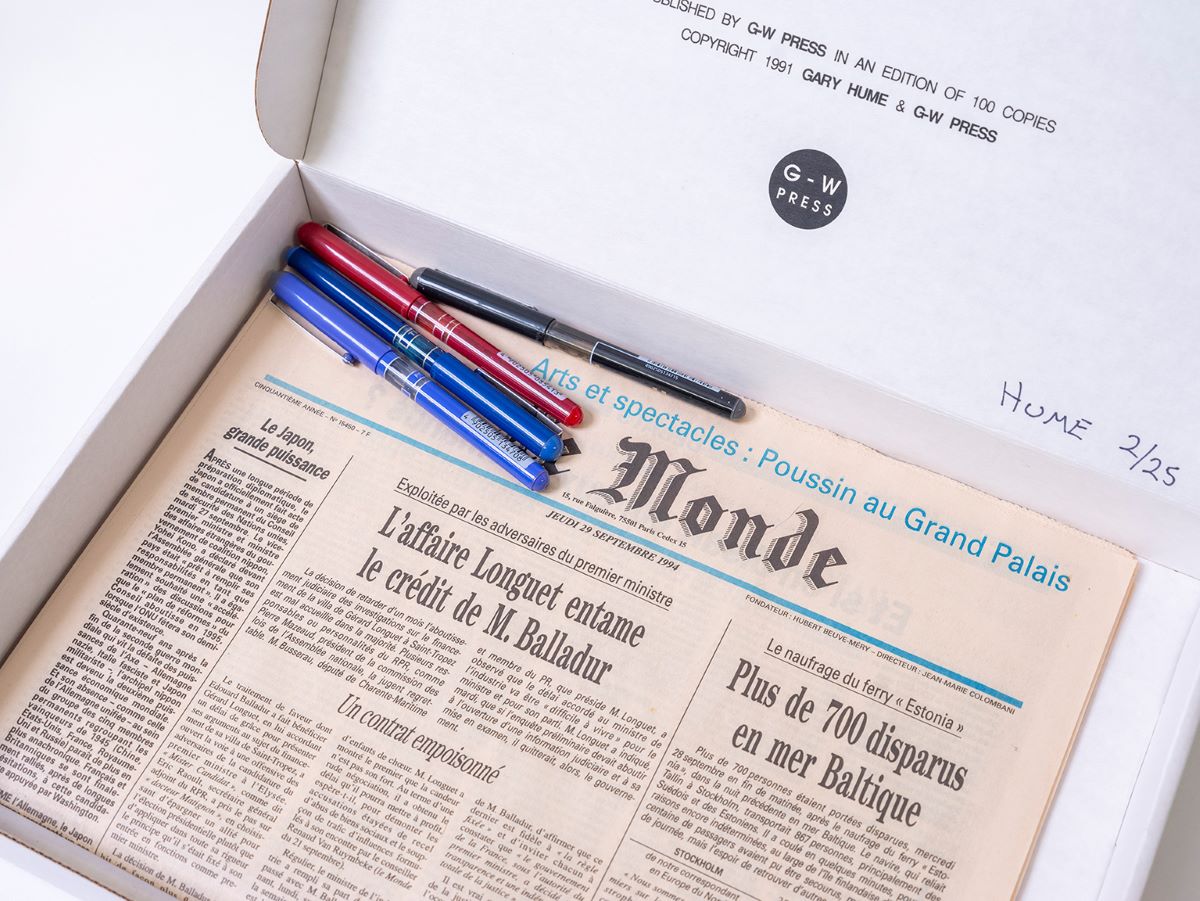
Gary Hume (1991) Frankfürter Allgemeine, Le Monde, The Independent, International Herald Tribune. Artist’s multiple of newspapers and pens. Limited edition of 25. Credit: Alan McAteer
The generous donation, which will be catalogued in The Glasgow School of Art’s Library, is part of a series of donations Cooper is making across leading museums and institutions, including The British Museum, the National Trust, San Francisco Museum of Modern Art, Pompidou Centre and the Victoria & Albert Museum.
In his earlier career, Jeremy Cooper worked as an auctioneer for Sotheby’s in Florence, Tehran and London and then ran his own business as a specialist antiques dealer for a number of years.
He gained public recognition as an expert on the BBC’s Antiques Roadshow in 1979 for the first 24 episodes and co-presented BBC Radio 4’s The Week’s Antiques.
His comprehensive book Victorian and Edwardian Furniture and Interiors, published by Thames & Hudson in 1987, 1995 & 2007, remains an essential reference work on the subject, as does Cooper’s catalogue of a major exhibition of his collection of artists’ cards at the British Museum in 2019.
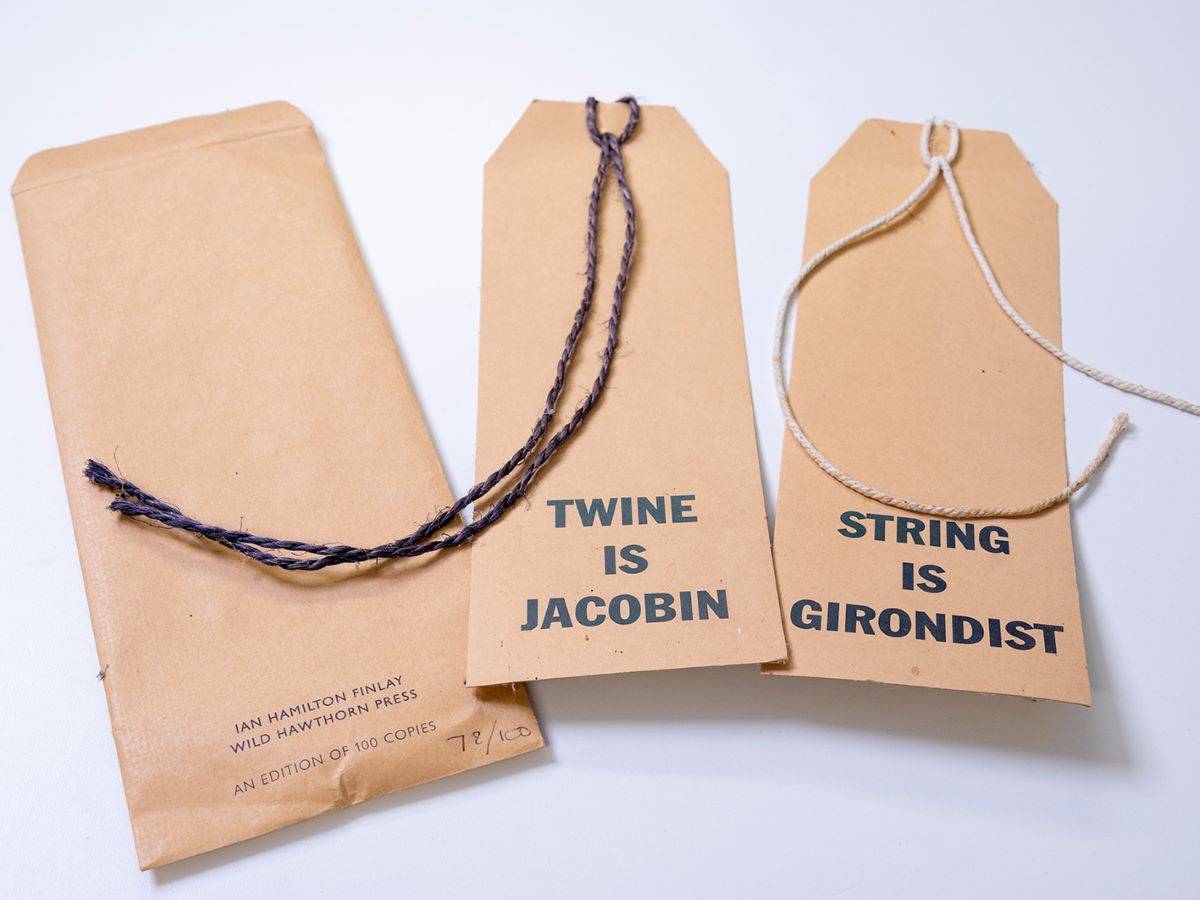
Ian Hamilton Finlay (1990) Twine is Jacobin. Paper labels with string. Limited edition of 100. Credit: Alan McAteer
‘I first visited Glasgow in the late 1960s on a Mackintosh pilgrimage while studying for my History of Art degree at Cambridge University, returning in 1983 to see the newly opened Burrell Collection,’ Jeremy said.
‘In the late 1990s, on forming friendships with Gavin Turk, Gary Hume and other young London artists I also became aware of their contemporaries from the Glasgow School of Art and the vibrant, inventive work they too were creating, especially Jonathan Monk and Douglas Gordon.
‘It is pleasing to see that as these particular artists have become internationally known they continue to maintain their close personal associations, still from time to time doing performances together as they used to with Factual Nonsense and around the Glasgow School of Art.
‘In arranging for permanent gift of the large number of works I’ve gathered over the years I have in all cases chosen institutions with welcoming access to the public.

Artist’s label for Beck’s Beers. A limited edition set of 6 with work by Damien Hirst, Tracey Emin , Sam Taylor-Wood (now Taylor-Johnson), Tim Noble & Sue Webster, & Rachel Whiteread (2000). Credit: Alan McAteer
‘The public access offered by the Glasgow School of Art makes this a particularly pleasurable donation for me.’
Duncan Chappell, The Glasgow School of Art’s Librarian & Collections Manager said: ‘We are so thrilled that Jeremy has chosen to donate his wonderful collection of artists’ multiples, ephemera and publications to The Glasgow School of Art,’ says
‘These works, lovingly curated by Jeremy over a number of years, will significantly enhance our resources on the Young British Artists movement of the 1990s and will prove an unmatched seam of exploration for our students and researchers for years to come.’
Read more Culture stories here.
Subscribe to read the latest issue of Scottish Field.
TAGS
